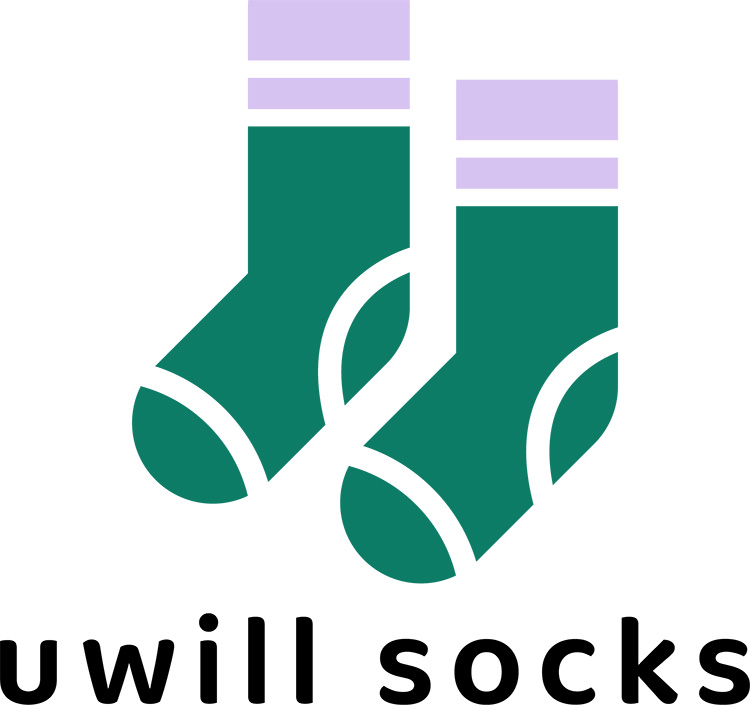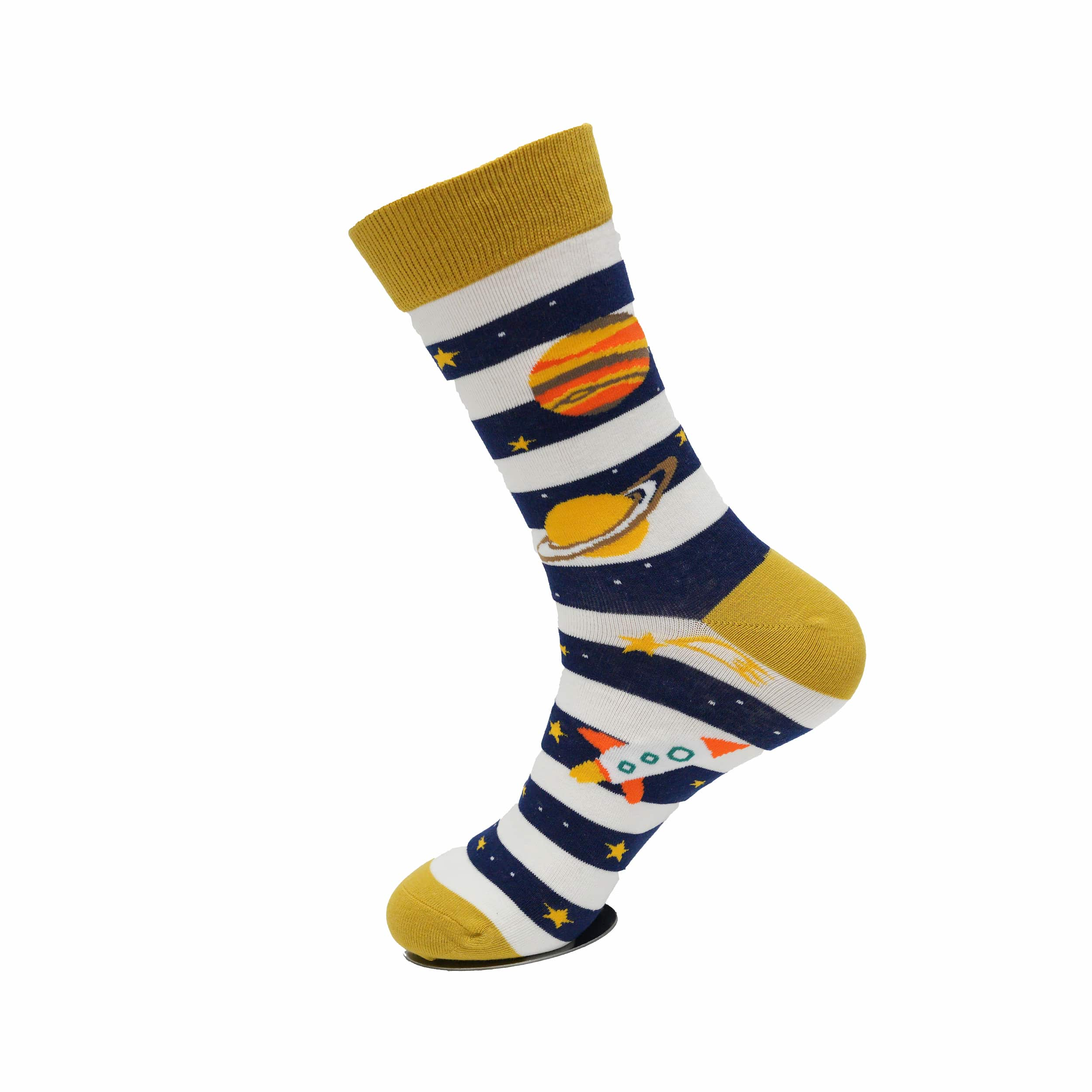Full Analysis of Socks Fashion Trends in 2025
In the fashion arena, socks have long shed their role as mere understated accessories and are emerging as key fashion items that showcase individuality and taste. As we step into 2025, the sock market is presenting a rich and unique set of fashion trends, spanning from design styles, material selections to functional innovations, all demonstrating new development directions.
Design Styles: The Clash and Integration of Minimalism and Individuality
Minimalism still holds a significant position in sock design in 2025. Neutral color palettes such as cool pastel tones and taupe – gray serve as the base hues, on which are layered soft, low – saturation colors, creating a balanced and soothing visual experience. This simple yet sophisticated design caters to the contemporary pursuit of a “laid – back” aesthetic in the fast – paced, high – pressure lifestyle. For socks manufacturers, understanding this trend allows them to create products that exude unique fashion taste in a low – key manner.
However, individual expression is also making a strong statement. Traditional cultural elements are making a powerful comeback in sock design. For instance, during the Year of the Snake in 2025, custom red socks for the Chinese zodiac year, adorned with traditional patterns like the God of Wealth and lions through delicate embroidery, perfectly blend traditional culture with modern aesthetics, becoming highly sought – after by many consumers. Meanwhile, sub – cultural elements are also infiltrating. Socks featuring street graffiti and co – branded with 二次元 IP (ACG and game – related intellectual properties) are all the rage among the young. Limited – edition socks from cross – border collaborations with anime and games are in short supply. Customization services are also becoming increasingly popular. Consumers can freely choose colors, patterns, and even add text through online platforms to create one – of – a – kind custom men’s socks or custom dress socks that are uniquely theirs.
Material Innovations: Environmental Protection and Comfort Go Hand in Hand
With the growing popularity of environmental protection concepts, the innovation of sock materials is also moving towards a more green and sustainable direction. Recycled fibers, organic cotton, bamboo fibers and other eco – friendly materials are widely used in sock production. Some brands have even launched biodegradable socks, significantly reducing the carbon footprint during the production process and contributing to environmental protection. While pursuing environmental protection, comfort has not been overlooked. Breathable and skin – friendly fabrics such as cotton and tencel remain the top choices for consumers, ensuring that feet stay dry and comfortable at all times. The elastic design of the sock mouth and wear – resistant technology further enhance the daily wearing experience of socks. Compression socks manufacturers, in particular, need to pay attention to these material innovations to meet the needs of consumers who require both functionality and comfort in their compression socks.
Functional Upgrades: Technology Empowers Sports and Daily Life
In 2025, the combination of technology and socks has brought more surprises to consumers. The application of intelligent monitoring technology has transformed sports socks into health assistants. Sports socks with built – in sensors can real – time monitor data such as users’ gait and pressure distribution, providing professional health guidance for sports enthusiasts, helping them better adjust their exercise status and prevent sports injuries.
The breakthrough in temperature – control technology also enables socks to adapt to more extreme climate conditions. Thermostatic socks made of phase – change materials can maintain a comfortable foot temperature whether on the snow – covered ski slopes or in the hot and humid summer, making them popular items for professional outdoor sports such as skiing and mountain climbing. In addition, significant progress has been made in antibacterial and deodorizing technologies. The use of materials such as nano – silver ions and graphene effectively solves the problem of traditional socks being prone to bacterial growth and odor, keeping feet fresh at all times.
In the field of sports socks, the functional segmentation is more obvious. There are now professional socks tailored to different sports. Ski socks not only use thick and warm wool as the material, with a length designed to reach the calf, but also have reinforced elastic bands in the striped pressure – applied parts to protect the muscles, providing all – round protection for skiers. Badminton socks protect the ankles through diagonal – striped pressure – applied designs and are adorned with stylish silicone logos, combining both sports functionality and fashion sense. Basketball socks focus on anti – slip designs on the soles and sock edges, and even use anti – slip yarn imported from Japan to provide stable support for basketball players during intense on – court confrontations.
Market Prospects: Opportunities and Challenges Coexist
It is predicted that the scale of the Chinese sock industry will exceed 100 billion in 2025, with the market share of trendy socks continuing to expand, and the growth rates of segmented categories such as sports socks and smart socks being particularly remarkable. This undoubtedly brings huge development opportunities for socks manufacturers. However, the development of the industry is not without challenges. Fluctuations in raw material costs, intensifying homogeneous competition in the market, and other issues pose severe challenges to the survival and development of enterprises.
Facing these opportunities and challenges, socks manufacturers need to continuously innovate. They can endow products with unique cultural connotations by integrating intangible cultural heritage elements into sock designs, achieve differentiated designs. By adopting an omnichannel marketing model, combining online live – streaming with offline experience stores, they can expand sales channels and enhance brand awareness. Increasing investment in technology research and development can help build technological barriers and improve product competitiveness. Only in this way can they gain a firm foothold in the fierce market competition, seize the fashion trends of the sock market in 2025, and achieve the sustainable development of enterprises.




